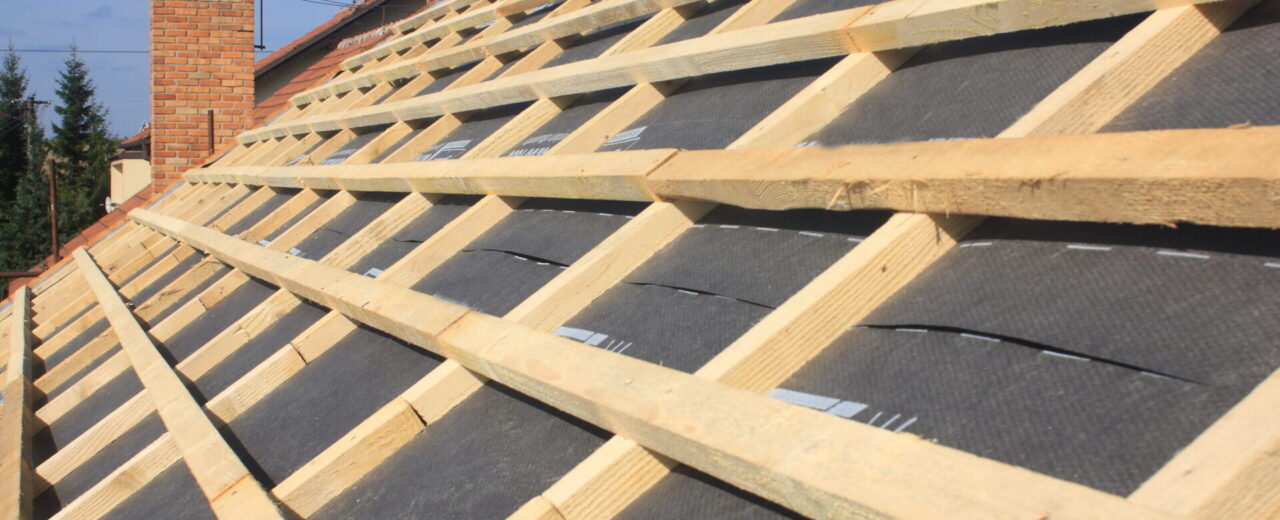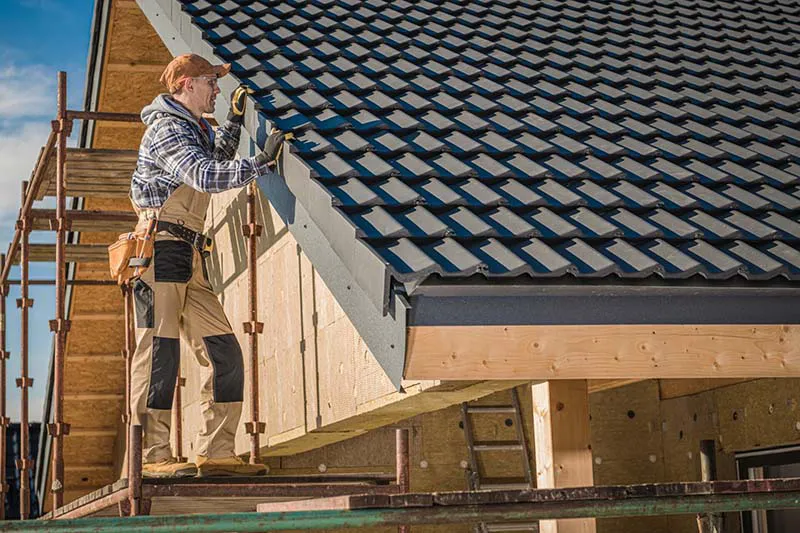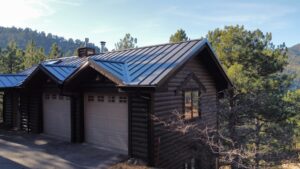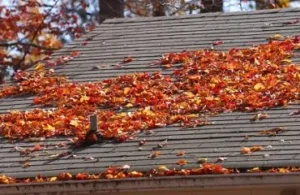If you’re having a roof installed, you may be researching the various roofing systems, and wondering about the benefits of a batten system. If you’re looking for an energy-efficient, durable roof, the benefits of a batten system are numerous.
At the Roofing Center, we offer modern, energy-efficient roofing systems, including using battens. In this guide, we’ll discuss the many benefits of using a batten system on your roof.
What Is a Batten System?
A batten system uses wood lattices as nailing surfaces that elevate the roofing product above the roof deck. This allows air space to flow between the roof deck and the roofing materials, which is important for providing ventilation to the roof.
A properly ventilated roof ensures its longevity and structural integrity as airflow easily moves throughout the airspace, preventing moisture from building up and helping to cool down the attic. Ventilation is also important to preventing mold and mildew from building up on your roof, which can lead to structural damage and negative health outcomes.
Types of Batten Systems
The most common types of battens are a 2×2 horizontal batten system and a counter batten system that uses vertically laid 1×4 and horizontal laid 2×2 battens. When installing asphalt shingles and other low-profile materials, 2×2 battens are often used to create horizontal airflow. When installing wood shake roofing, a counter batten system is used to create both vertical and horizontal airflow.
What are the Benefits of a Batten System for your Roof?
Several benefits of a batten system for your roof include:
- Ventilation- with increased airflow, your roof can “breathe”, preventing moisture buildup that can lead to damage.
- Reduced HVAC energy costs and system strain- effective airflow in your roof allows your home to better passively regulate air temperature, reducing HVAC energy costs and prolonging the life of your HVAC system.
- Reduces ice damming- ice damming occurs on the eaves of roofs and results from the freeze-thaw cycle that frequently occurs on unventilated roof systems. Ice damming can cause damage to your eaves and can lead to repairs after every winter.
- Allows airspace for adding insulation- insulation can be added between the battens above the roof deck, increasing thermal insulation, and energy efficiency.
- Batten systems add high wind resistance- battens provide higher wind resistance to roof uplift than direct-to-deck roofing because it is fastened vertically from the bottom-up in the nose of the panel.
- Maintenance is easier- maintenance is much easier with a batten system because the walkability of the roof is improved. When using stone-coated metal tiles, the tiles are also easily replaced, creating an entire roofing system that is easily maintained.
- Prolongs the life of your roof- a batten system can prolong the life of your roof by allowing ventilation and preventing water from pooling under your roofing materials.
The Use of Batten Systems is Supported by Research
In a study conducted by Oakridge Labs to test the energy efficiency of different roofing systems, researchers found that providing air space in roofing, even with dark-colored steel, outperforms light-colored, direct-to-deck asphalt shingles designated as a “cool roof”.
Many homeowners don’t think about how roofs can contribute to lowering energy costs, but it’s important to remember that roofs make up a large percentage of the surface area of your house and usually accounts for the majority of the building’s sun exposure.
Contact the Pros at the Roofing Center
At the Roofing Center, we’re proud to offer roofing systems to our Montana, Colorado, Idaho, and Utah customers that are supported by modern research and modern techniques. If you’re in the market for a new roof, contact us today to see how we can help you.







